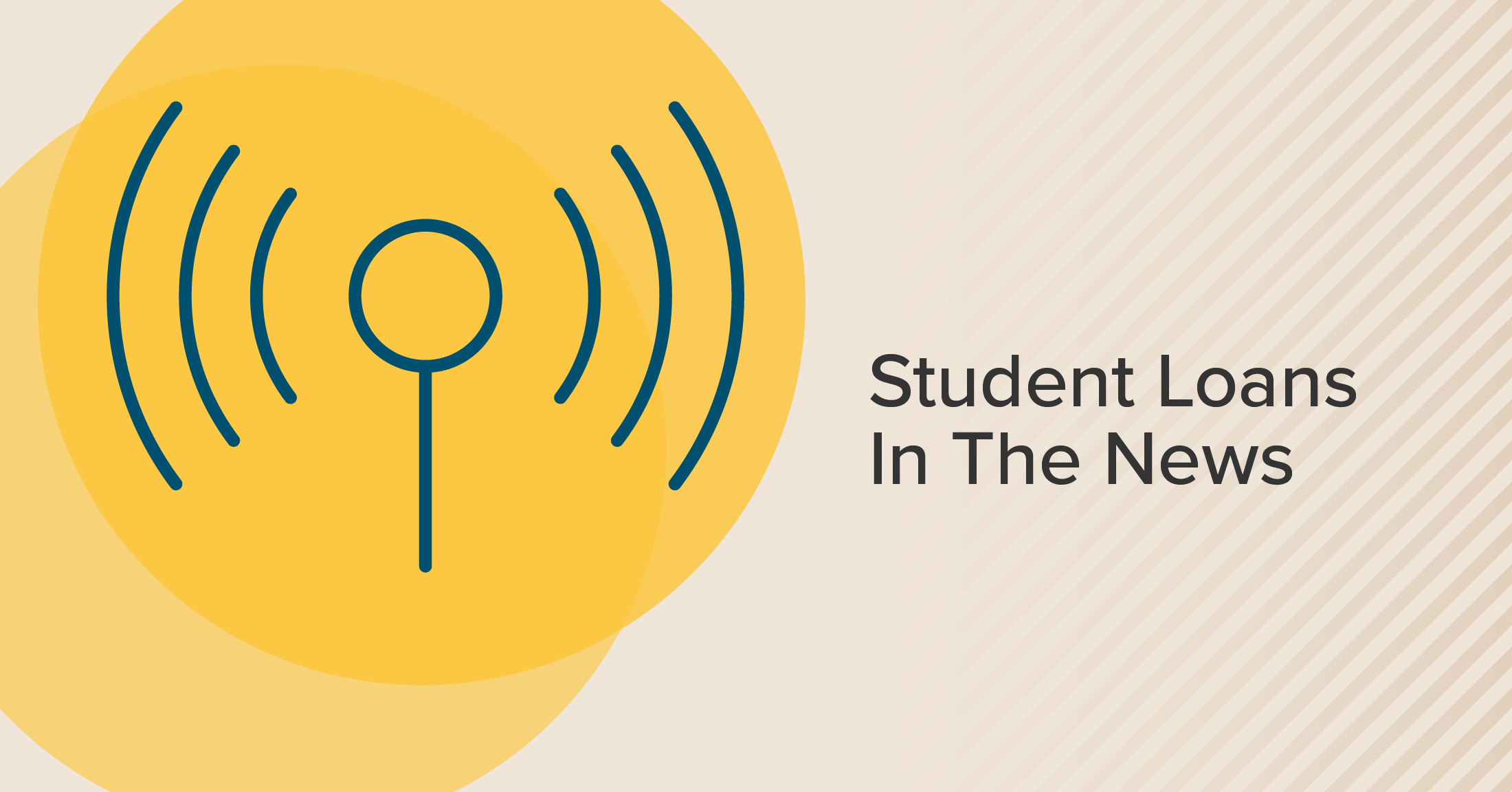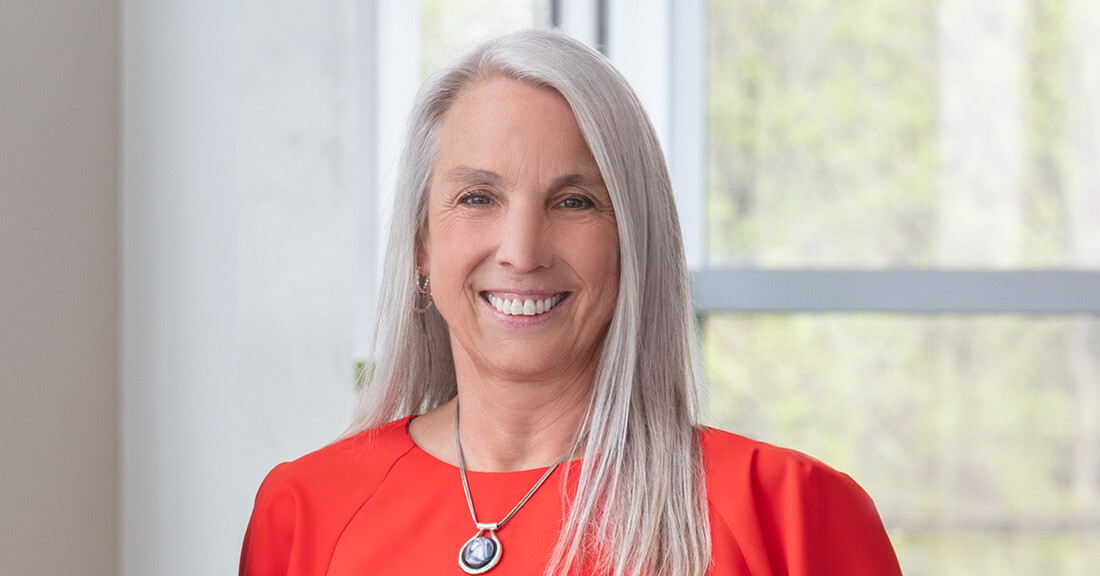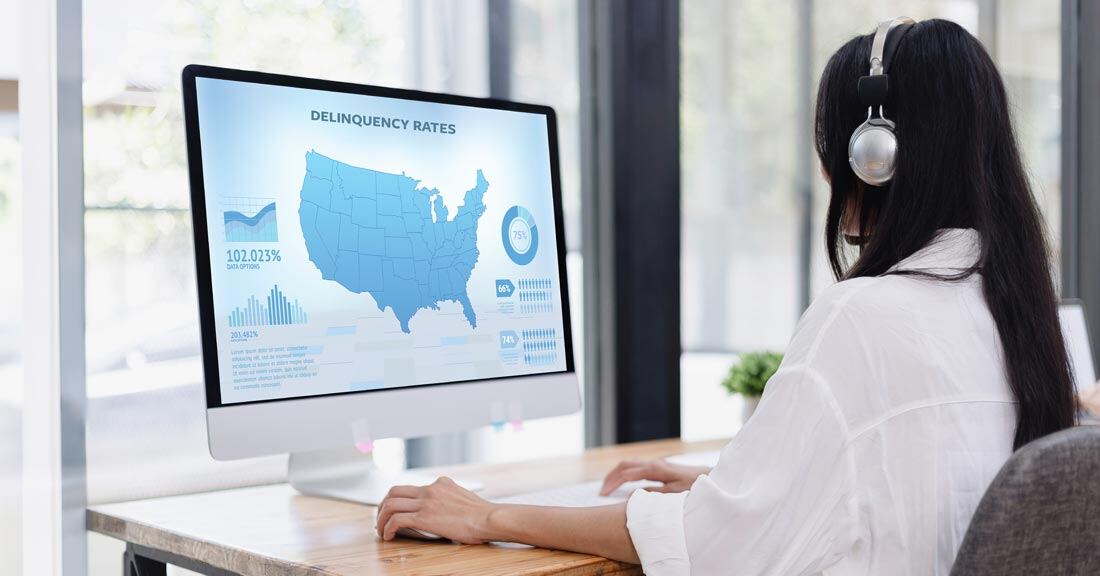Student Loans in the News: Change Is the Only Constant

As student loan experts, we’re seasoned at traversing industry changes. Recently, there have been an especially high number of moving parts and changes underway. Here’s a brief roundup to keep you a step ahead of what’s happening.
To SAVE or Not to SAVE?
In July, the Biden Administration’s Saving on a Valuable Education (SAVE) income-driven repayment (IDR) plan was temporarily blocked by a federal appeals court (Source: Forbes). An Oct. 21 announcement from the U.S. Department of Education (ED) said borrowers who enrolled in the SAVE Plan will remain paused in forbearance for at least another six months. This affects roughly 8 million Americans who signed up for SAVE and comes as the plan remains suspended due to legal challenges.
Borrowers who are currently in the SAVE plan or thinking of moving to the SAVE plan should weigh the considerations (Source: Federal Student Aid (FSA)).
What is PSLF Buyback?
In December 2023, ED introduced the buyback opportunity that can count toward Public Service Loan Forgiveness (PSLF). Only available to federal student loan borrowers who already have 120 months of qualifying employment, buying back months in forbearance (like those currently being experienced in the SAVE plan) or deferment would result in forgiveness under PSLF or Temporary Expanded PSLF (TEPSLF). Borrowers can buyback certain months of forbearance or deferment to make them eligible for PSLF. The buyback is contingent on meeting a number of criteria but the take-away is that a borrower can pay a lump sum amount to turn ineligible deferment or forbearance periods eligible for PSLF. This can get borrowers to 120 payments faster than paying for additional months or years. Consult FSA to learn the details on what borrowers need to know, share how it works, eligibility, and more.
Default Rates May Out Pace Pre-Pandemic Levels
The official “on-ramp” period for student loan borrowers ended on Sept. 30, 2024. For the year prior, borrowers could temporarily avoid the negative consequences for late or missed student loan payment. The idea was to help ease borrowers’ transition back into making payments after a three-year payment pause during the COVID-19 health crisis (Source: U.S. Department of Education). However, now there’s concern that default rates will surpass pre-COVID-19 levels in less than nine months (Sources: ProtectBorrowers and Deutsche Bank).
Student Debt Relief Future Remains a Mystery
A temporary restraining order was placed on the Biden Administration’s student loan forgiveness plan, and has since expired (Source: FSA). On Oct. 3, a different federal judge placed another temporary hold on the cancellation plan, ensuring no movement on it prior to the November election (Source: AP).
ABOUT THE AUTHOR

Shauna Cook
Senior Content Strategist & Writer - Shauna Cook has been a content creator since earning her Master of Science Degree in Marketing Communications in 1995. She’s worked in the for-profit and nonprofit worlds across the U.S. and in Europe. For the last 17 years she’s honed her expertise in the student loan industry to help financial aid administrators and employers understand how Ascendium can positively impact their current and former students and employees.



